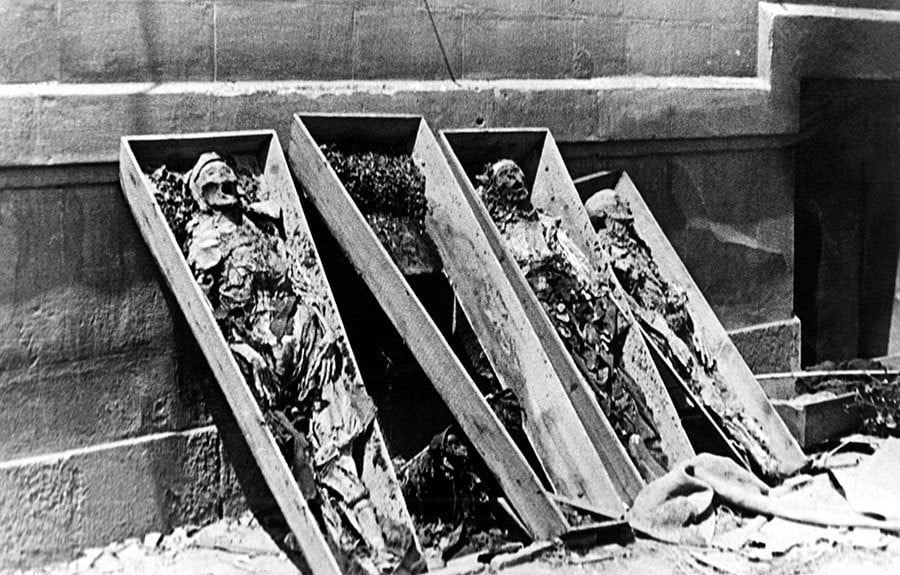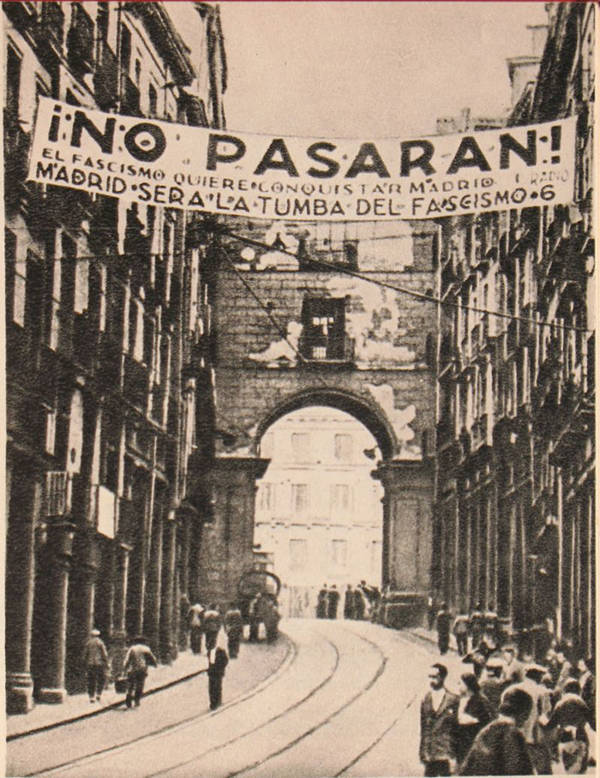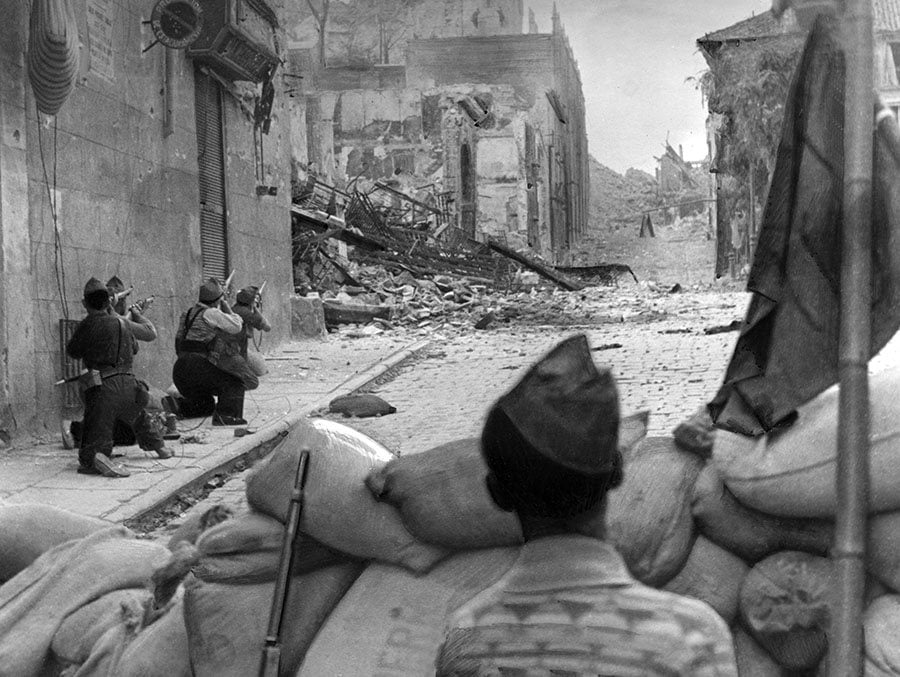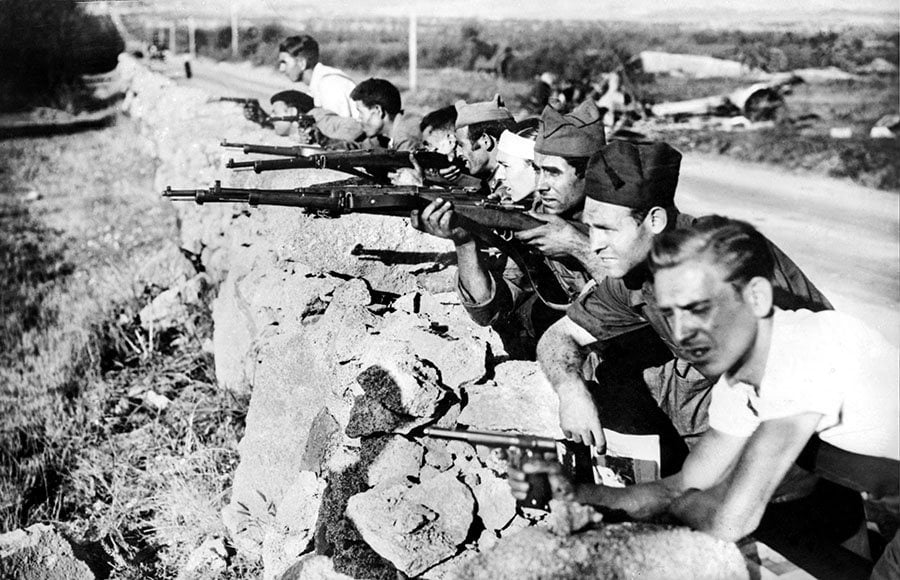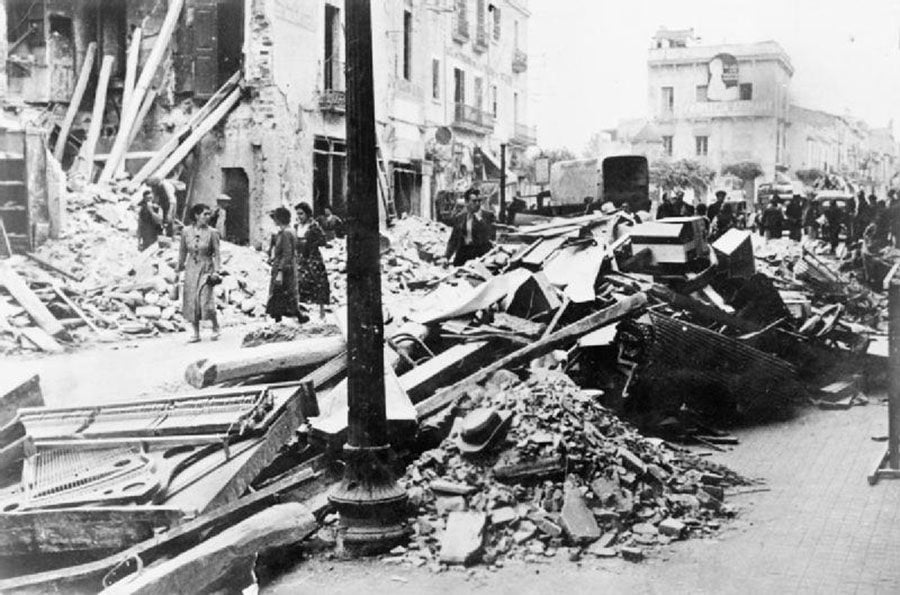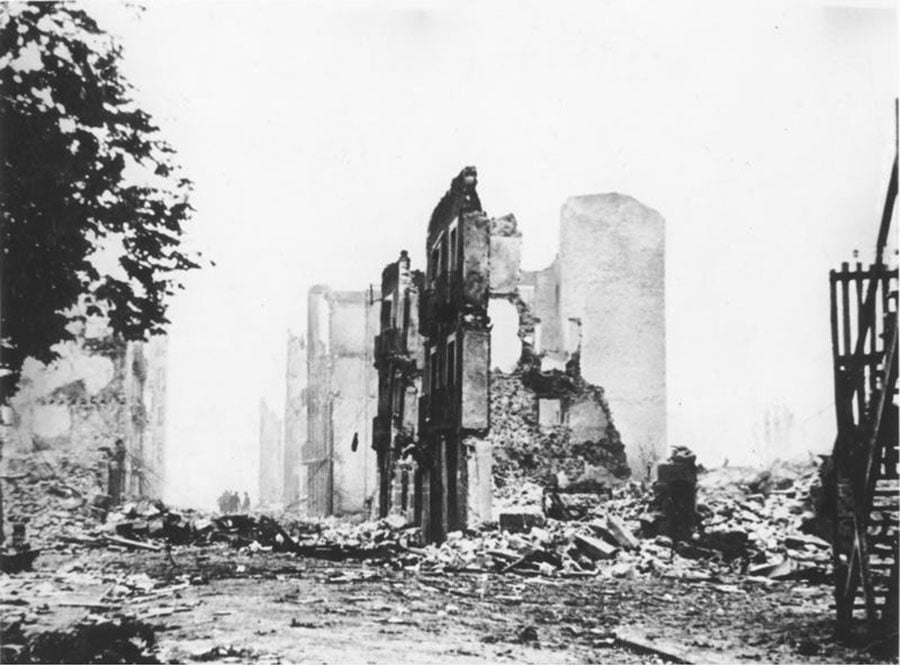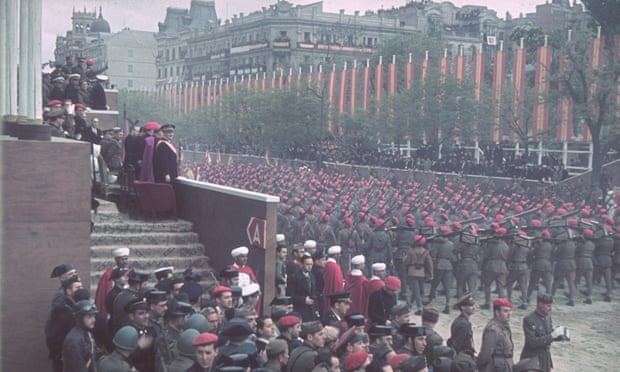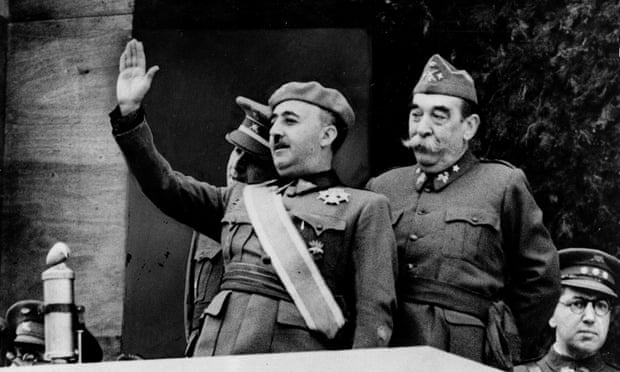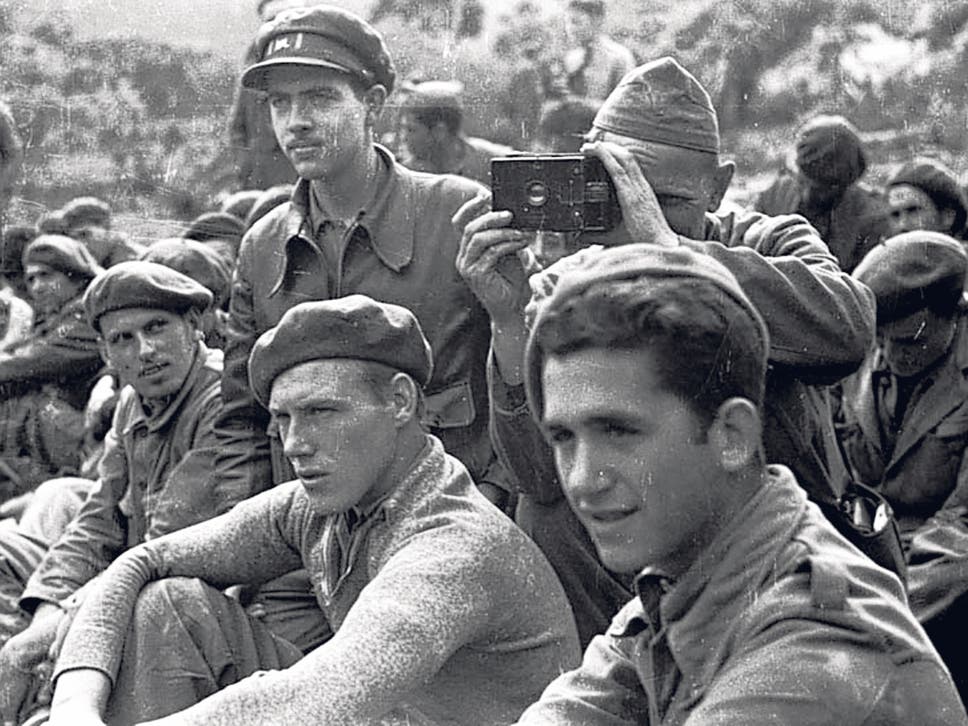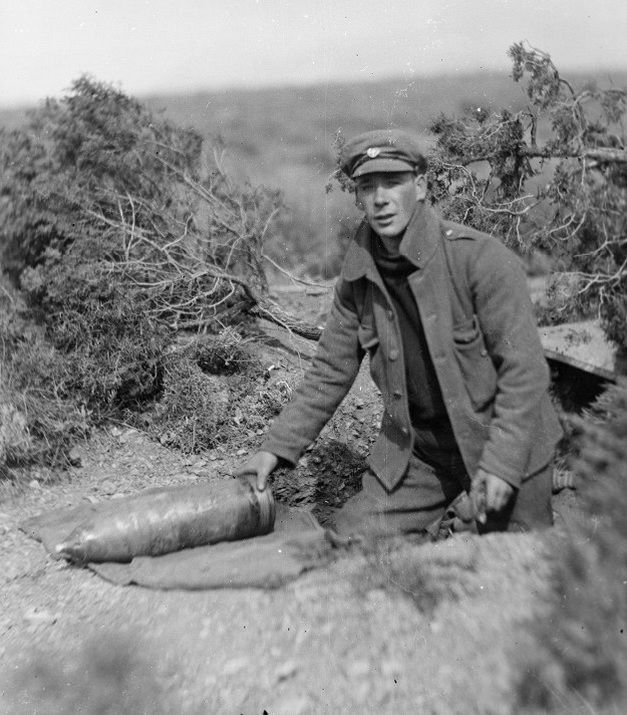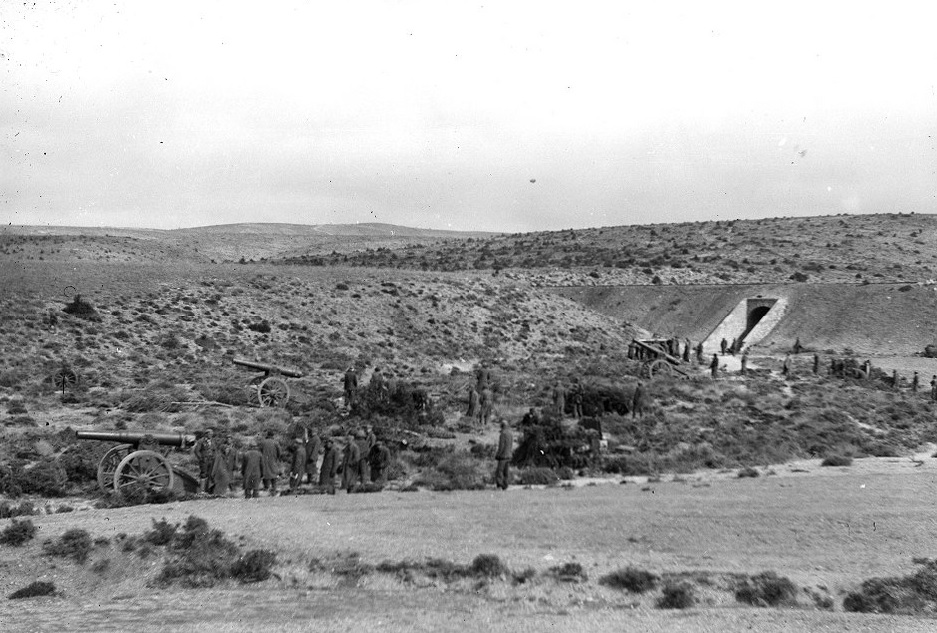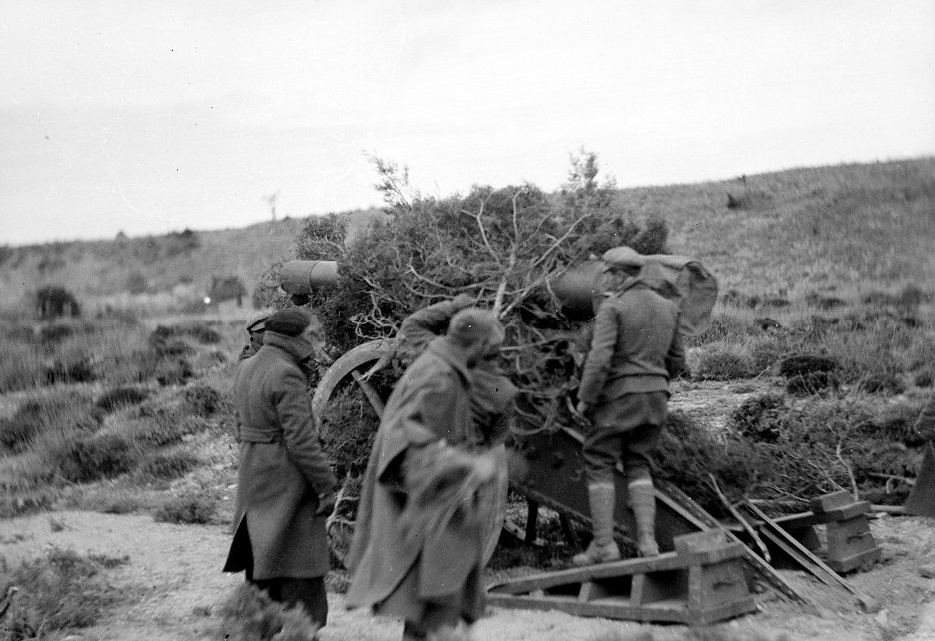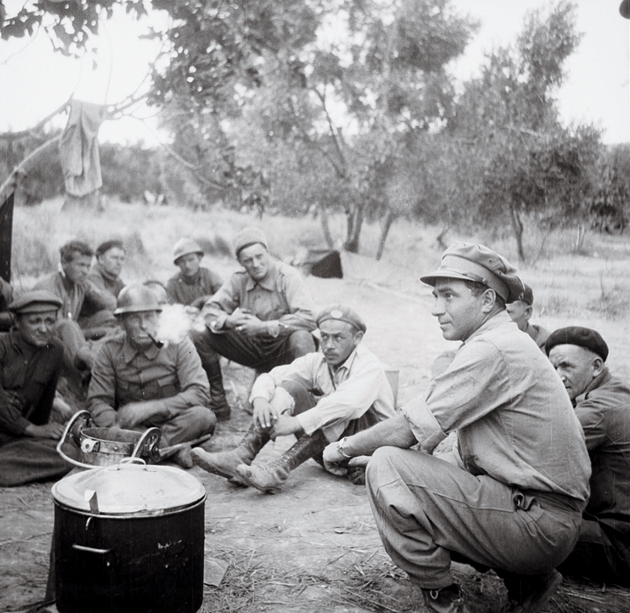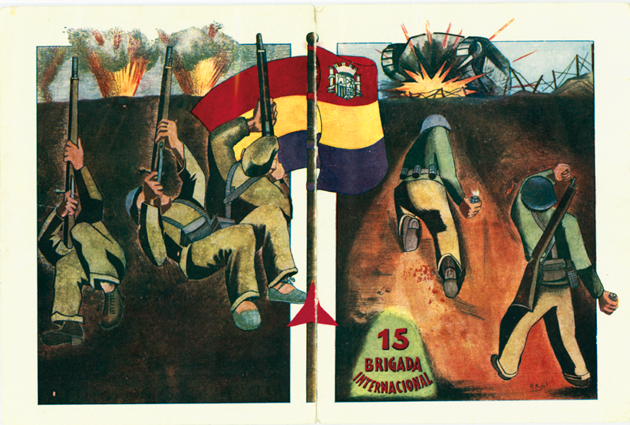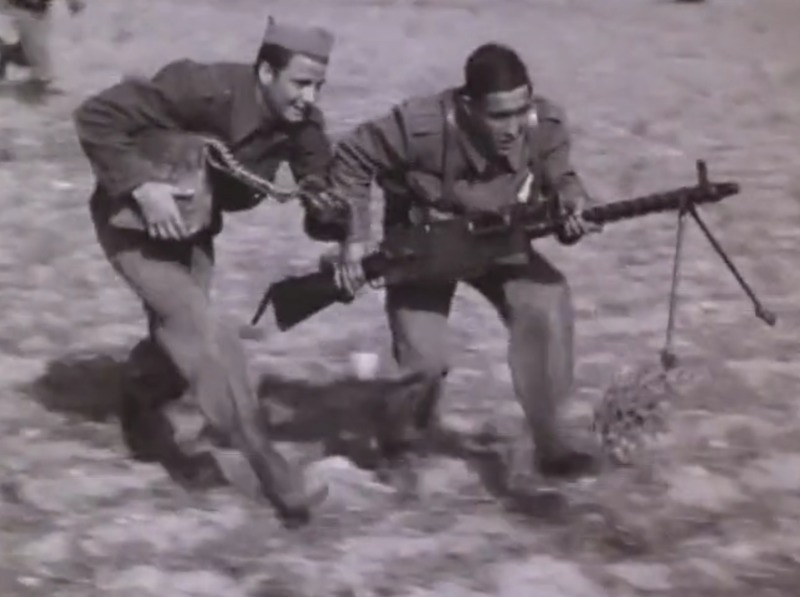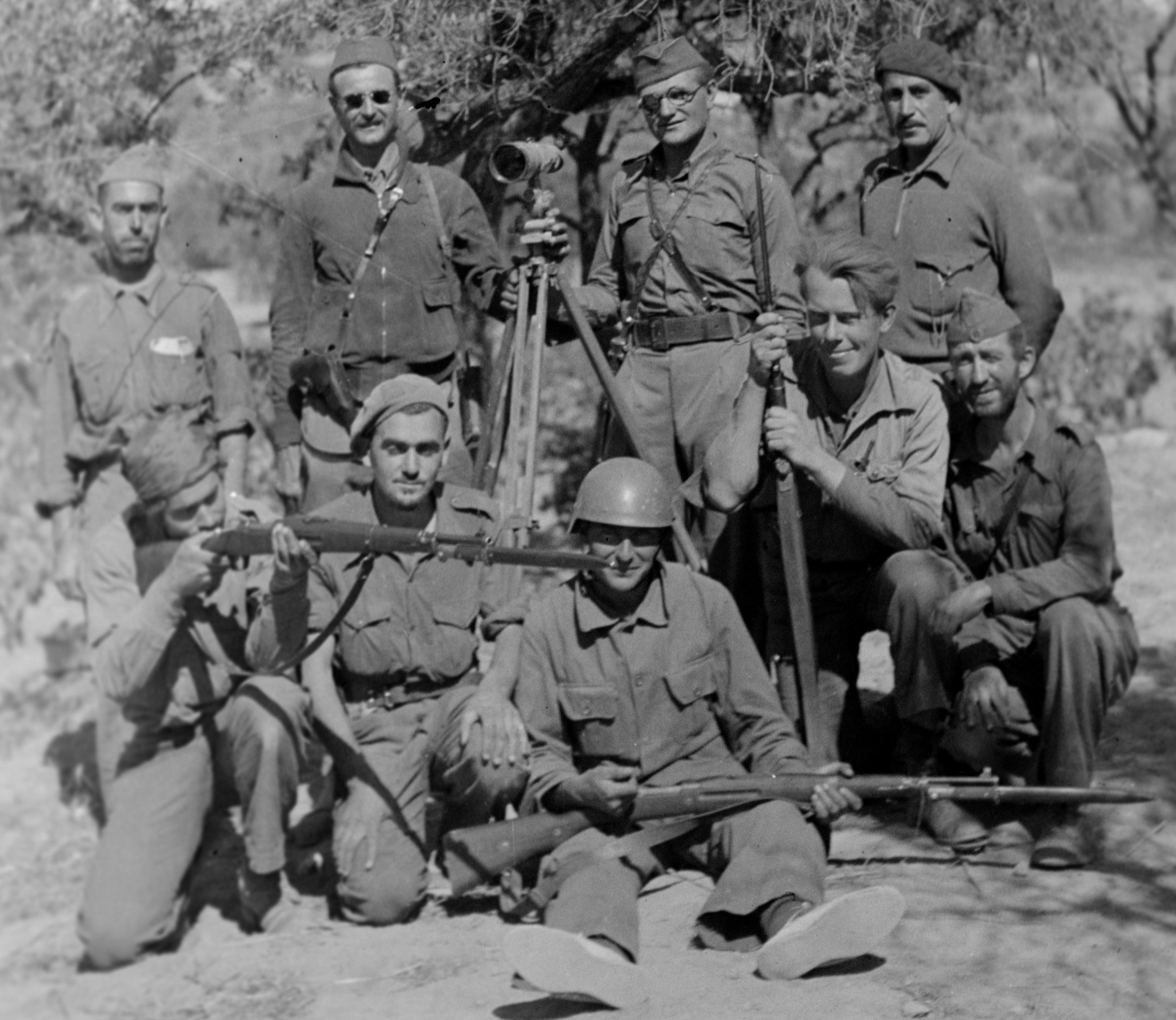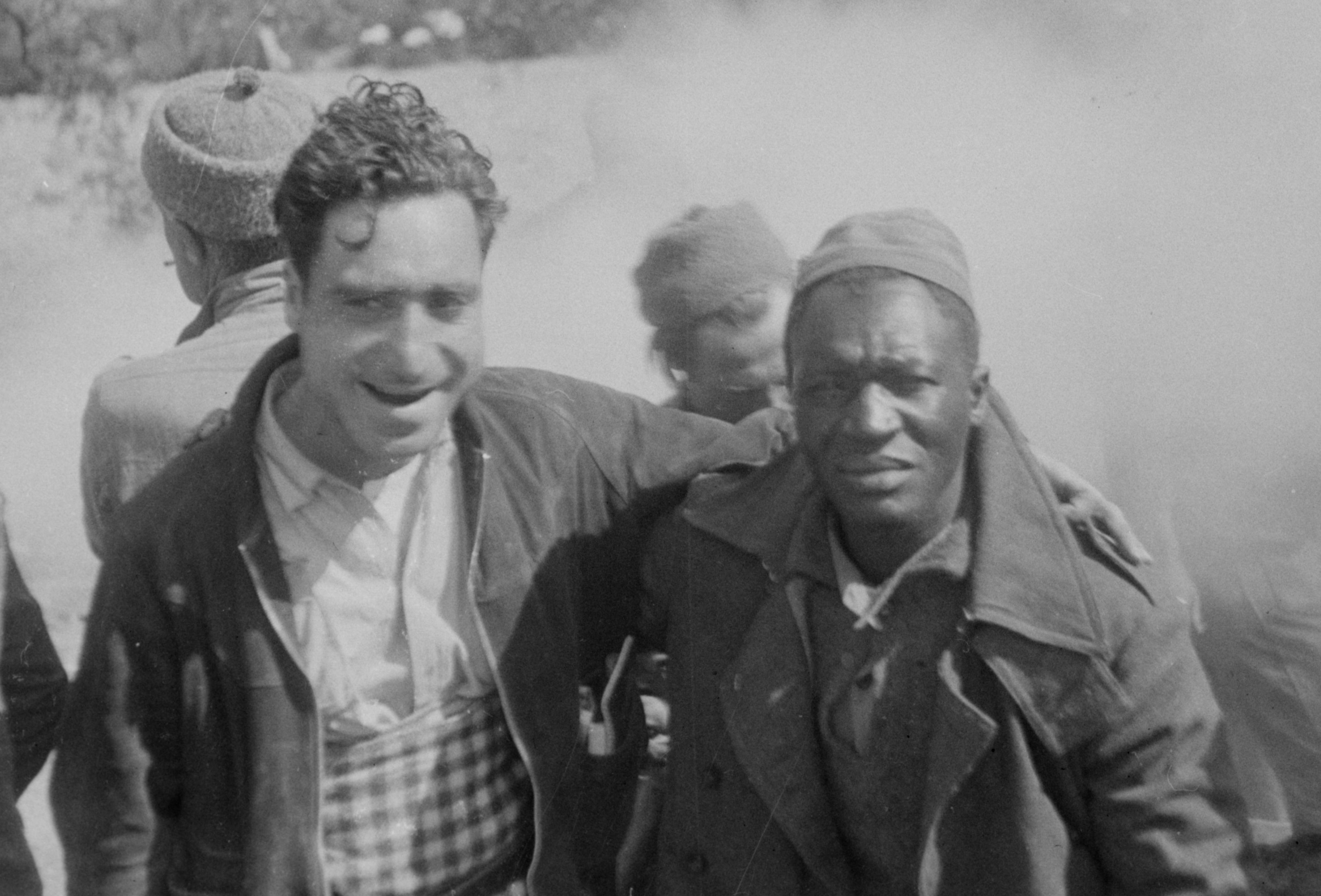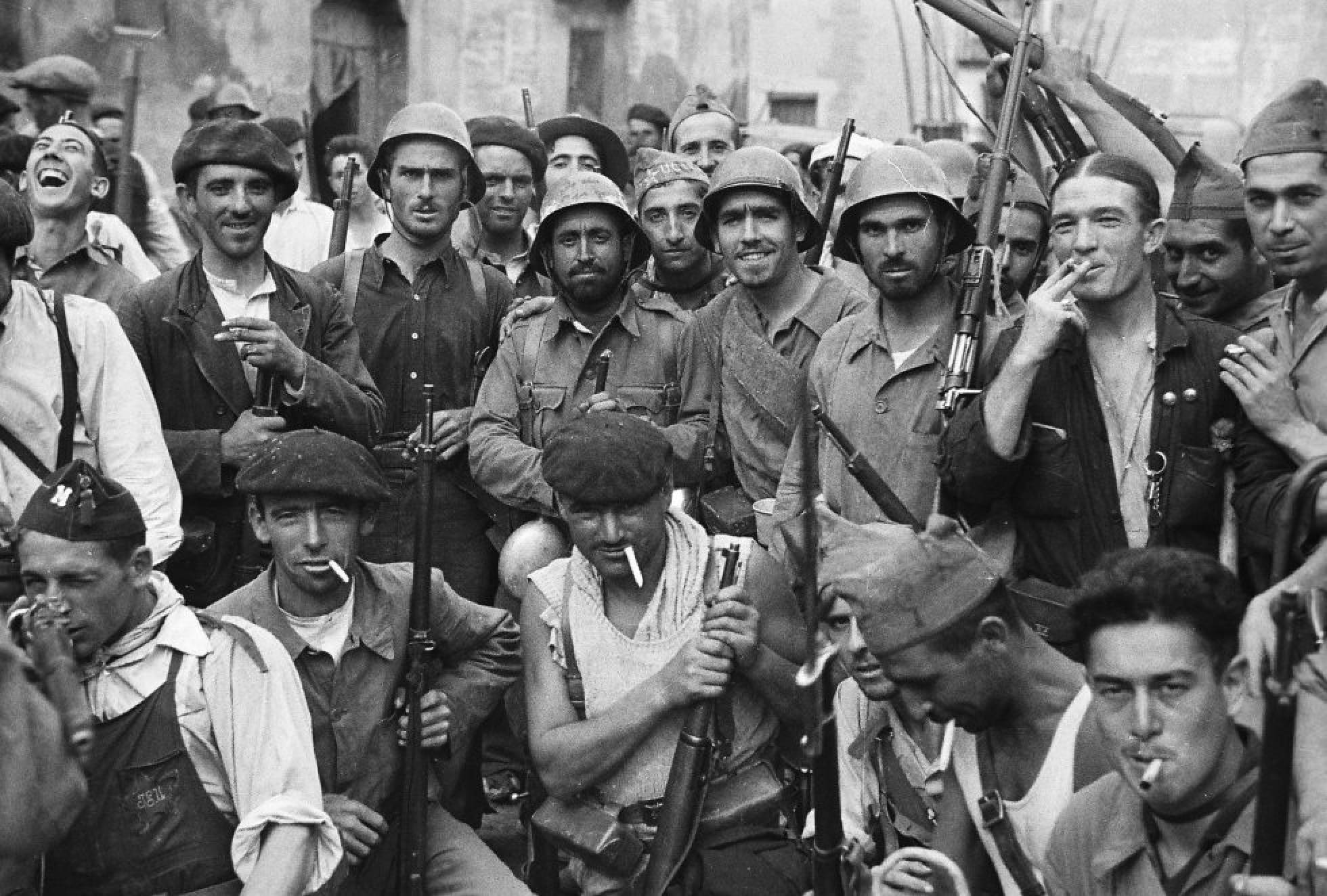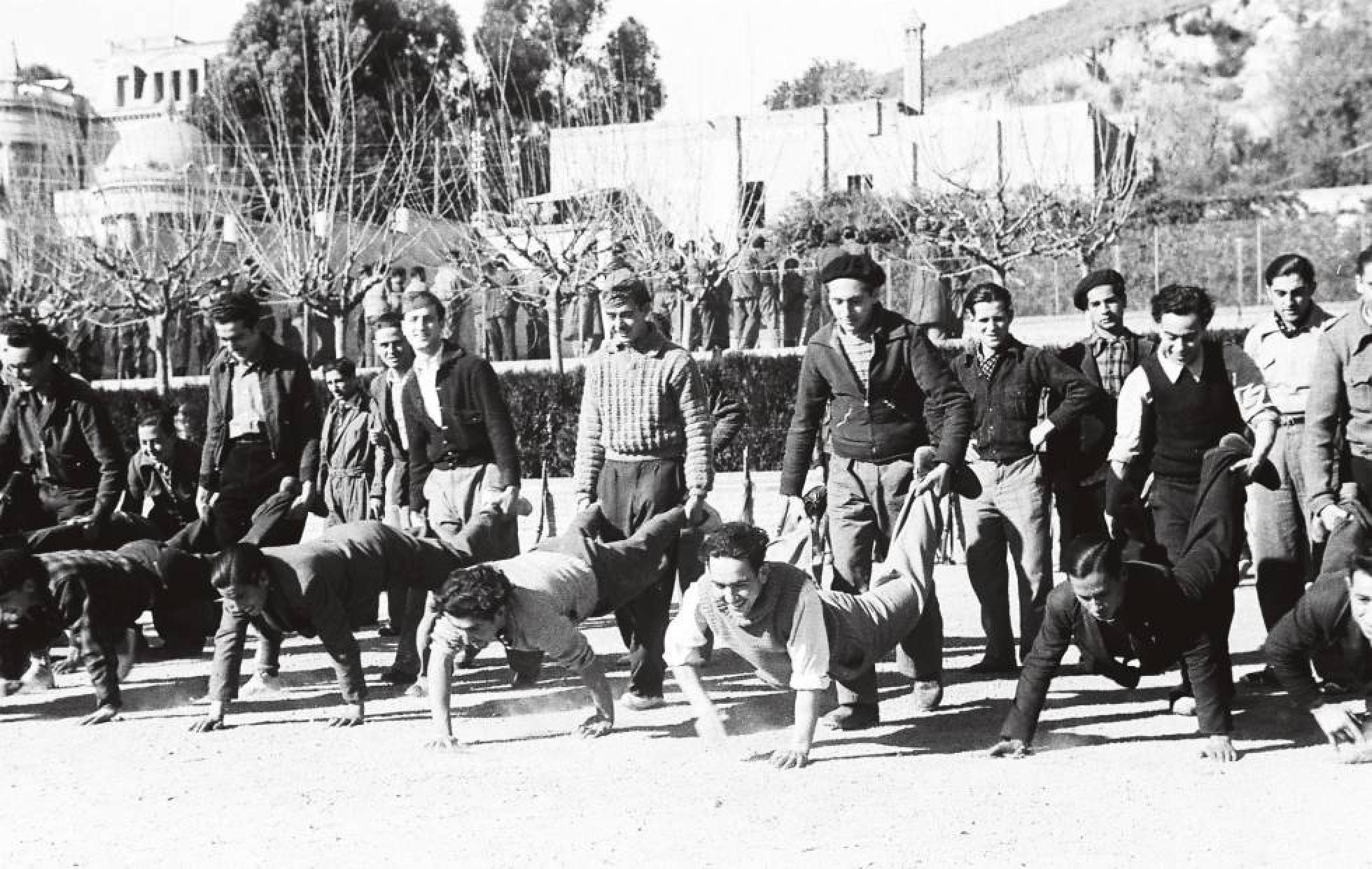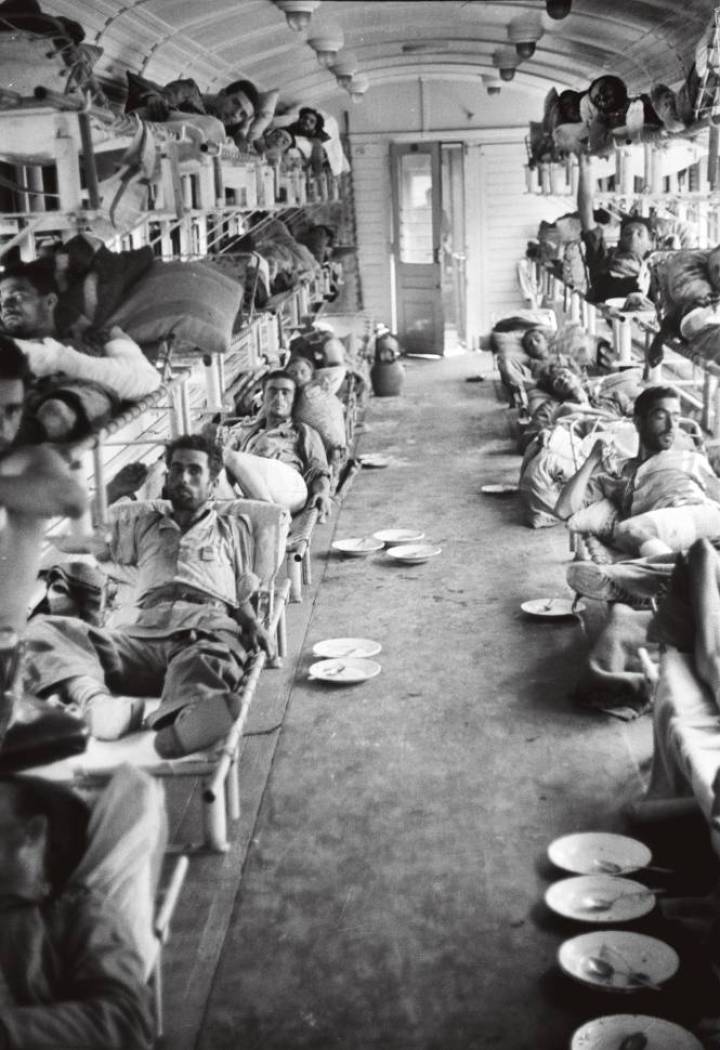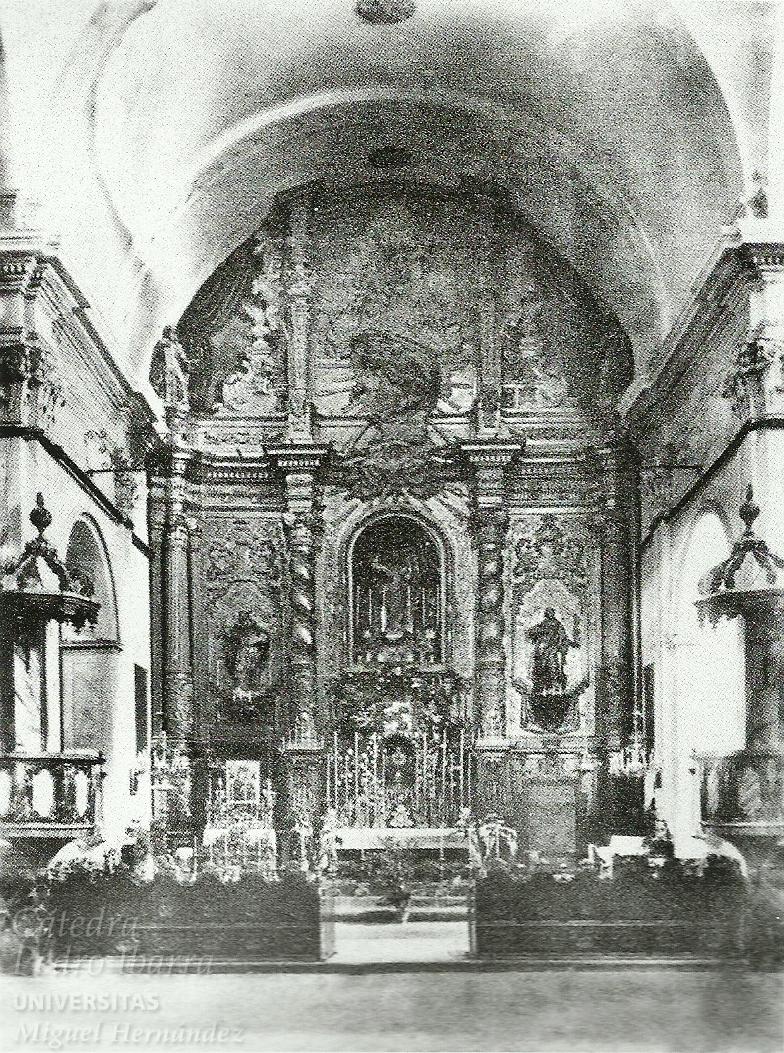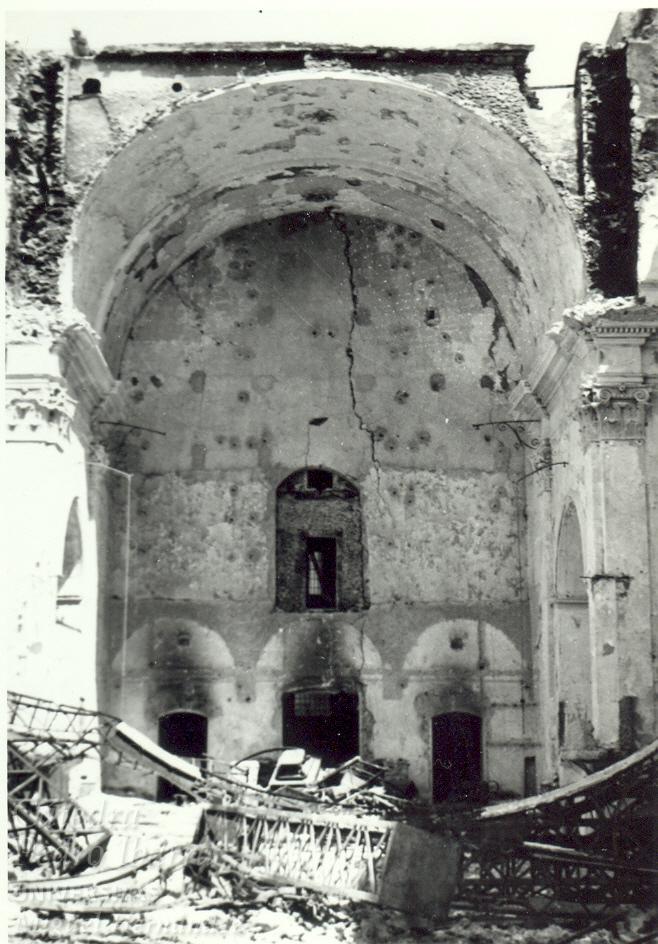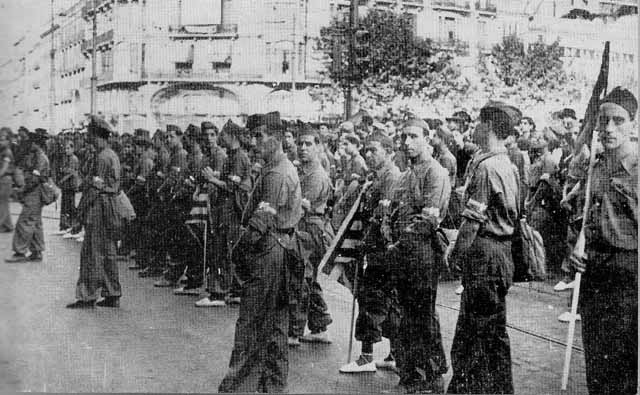- Joined
- Apr 2, 2017
- Messages
- 37,948
- Points
- 463
A military revolt against the Republican government of Spain, supported by conservative elements within the country. When an initial military coup failed to win control of the entire country, a bloody civil war ensued, fought with great ferocity on both sides. The Nationalists, as the rebels were called, received aid from Fascist Italy and NaziGermany. The Republicans received aid from the Soviet Union, as well as from International Brigades, composed of volunteers from Europe and the United States.
The war was an outcome of a polarization of Spanish life and politics that had developed over previous decades. On one side, the Nationalist, were most Roman Catholics, important elements of the military, most landowners, and many businessmen. On the other side, the Republican, were urban workers, most agricultural labourers, and many of the educated middle class. Politically, their differences often found extreme and vehement expression in parties such as the Fascist-oriented Falange and the militant anarchists. Between these extremes were other groups covering the political spectrum from monarchism and conservatism through liberalism to socialism, including a small communist movement divided among followers of the Soviet leader Joseph Stalin and his archrival, Leon Trotsky. In 1934 there was widespread labour conflict and a bloody uprising by miners in Asturias that was suppressed by troops led by General Francisco Franco. A succession of governmental crises culminated in the elections of February 16, 1936, which brought to power a Popular Front government supported by most of the parties of the left and opposed by the parties of the right and what remained of the centre.
A well-planned military uprising began on July 17, 1936, in garrison towns throughout Spain. By July 21 the rebels had achieved control in Spanish Morocco, the Canary Islands, and the Balearic Islands (except Minorca) and in the part of Spain north of the Guadarrama mountains and the Ebro River, except for Asturias, Santander, and the Basque provinces along the north coast and the region of Catalonia in the northeast. The Republican forces had put down the uprising in other areas, except for some of the larger Andalusian cities, including Sevilla(Seville), Granada, and Córdoba. The Nationalists and Republicans proceeded to organize their respective territories and to repress opposition or suspected opposition. Republican violence occurred primarily during the early stages of the war before the rule of law was restored, but the Nationalist violence was part of a conscious policy of terror. The matter of how many were killed remains highly contentious; however, it is generally believed that the toll of Nationalist violence was higher. In any event, the proliferation of executions, murders, and assassinations on both sides reflects the great passions that the Civil War unleashed.
The war was an outcome of a polarization of Spanish life and politics that had developed over previous decades. On one side, the Nationalist, were most Roman Catholics, important elements of the military, most landowners, and many businessmen. On the other side, the Republican, were urban workers, most agricultural labourers, and many of the educated middle class. Politically, their differences often found extreme and vehement expression in parties such as the Fascist-oriented Falange and the militant anarchists. Between these extremes were other groups covering the political spectrum from monarchism and conservatism through liberalism to socialism, including a small communist movement divided among followers of the Soviet leader Joseph Stalin and his archrival, Leon Trotsky. In 1934 there was widespread labour conflict and a bloody uprising by miners in Asturias that was suppressed by troops led by General Francisco Franco. A succession of governmental crises culminated in the elections of February 16, 1936, which brought to power a Popular Front government supported by most of the parties of the left and opposed by the parties of the right and what remained of the centre.
A well-planned military uprising began on July 17, 1936, in garrison towns throughout Spain. By July 21 the rebels had achieved control in Spanish Morocco, the Canary Islands, and the Balearic Islands (except Minorca) and in the part of Spain north of the Guadarrama mountains and the Ebro River, except for Asturias, Santander, and the Basque provinces along the north coast and the region of Catalonia in the northeast. The Republican forces had put down the uprising in other areas, except for some of the larger Andalusian cities, including Sevilla(Seville), Granada, and Córdoba. The Nationalists and Republicans proceeded to organize their respective territories and to repress opposition or suspected opposition. Republican violence occurred primarily during the early stages of the war before the rule of law was restored, but the Nationalist violence was part of a conscious policy of terror. The matter of how many were killed remains highly contentious; however, it is generally believed that the toll of Nationalist violence was higher. In any event, the proliferation of executions, murders, and assassinations on both sides reflects the great passions that the Civil War unleashed.







